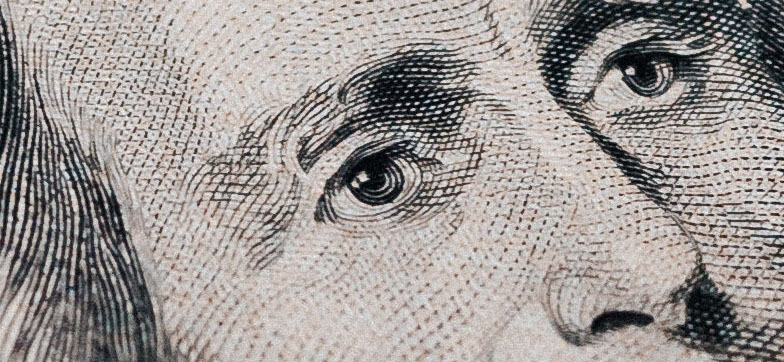Got Cash?

How quickly we have arrived! Cash was earning almost zero if you had a savings, money market, CDs, etc. Now it appears to be the hero.
Day-to-day interest rates are fluctuating. Sometimes the moves are drastic, but here are some recent yields. Savings accounts earning over 4%, 3-month treasuries hover around 5% yield, and CDs with less than a 12-month maturity yield over 5%.
The old adage that “cash is king” is certainly applicable. Especially so in an economy where most people believe that we need to “wait out the storm.”
But there is still one question on everyone’s mind: Is it safe?
Recent banking debacles have certainly fostered this concern. FDIC insurance limits are $250,000 under most circumstances and many have realized they are holding multiples of this amount within a single bank uninsured. We may soon learn that the recent movement of cash was a historic event due to this revelation.
First, people were moving in waves to treasuries. Then they started learning that brokerage firms like Schwab and TD Ameritrade can accommodate multiples of the FDIC insurance limit in one account by having access to cash-like instruments from a tremendous number of banks. Which makes things a lot more efficient than actually going to ten or more banks to obtain the same.
Yet this leads to another question everyone should be asking: Is it smart?
4% -5% yield isn’t too shabby. It looks and sounds smart—particularly when you compare it to the dismal rates over the last decade plus.
Once again, the answer lies in asking another question: What is the money for?
Too many people get wrapped up in what the money is. Is it invested in the latest trend? Earning the best interest rate out there? Keeping up with Frank over the fence and what his investments are doing? Etc…
Don’t get me wrong. Looking at where and how the money is held or invested is a very important aspect – so much so, we have an entire team dedicated to those processes and make a significant investment in our research and education each year to do just this.
However, none of this matters if your money doesn’t support your needs and goals.
Let’s go back to something we published in April 2018: Interest rates were rising and we were excited about seeing a 2.75% 6- month CD. We penned the article to remind readers about the “after-tax real rate of return.” Simply put, this means the real return is only found after you pull out inflation and the taxes you pay on the interest. Let’s look at this in today’s world:
Inflation in March finally dropped below 5% to 4.98%. Let’s consider the 5% CD and use a moderate 22% tax bracket:
CD Return-Taxes-Inflation=After-tax real rate of return
5% – 1.1% – 4.98% = -1.08%
And…that was on the higher end of yield today and by applying moderate taxes! Since their inception in the early 1960’s, the story has remained the same: Rarely do CDs produce a positive after-tax real rate of return.
To sum up the reasoning here, you simply can’t say 4%-5% is a solid choice if you haven’t defined what the money is for.
If the money is put aside for something in the near future or emergency cash, then this might be the answer.
If the money is dry powder to invest when the market takes its bath from time to time, then one of these short-term tools may be the answer.
However, a negative return only proves one thing. Nothing is without risk. The risk of cash is going broke safely.
This is why we “bucket” money. We know what every dollar is for and we have a plan for that dollar. Does it always guarantee the perfect timing, investment, or yield? No. However, it does create a discipline. Something anyone with cash that needs to be managed in any way needs.
There is a reason why the stock markets have outperformed individual investors again and again: Emotions remain the biggest threat to our money.
So back to cash. It is king, but only if you couple it with a clear view of what it is for and the discipline to strategize what it needs to be.
